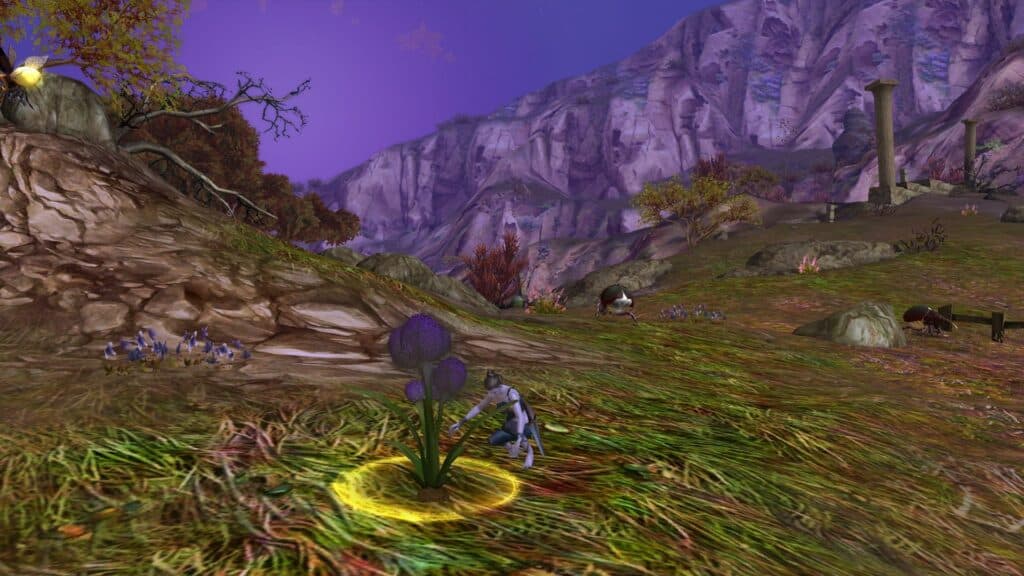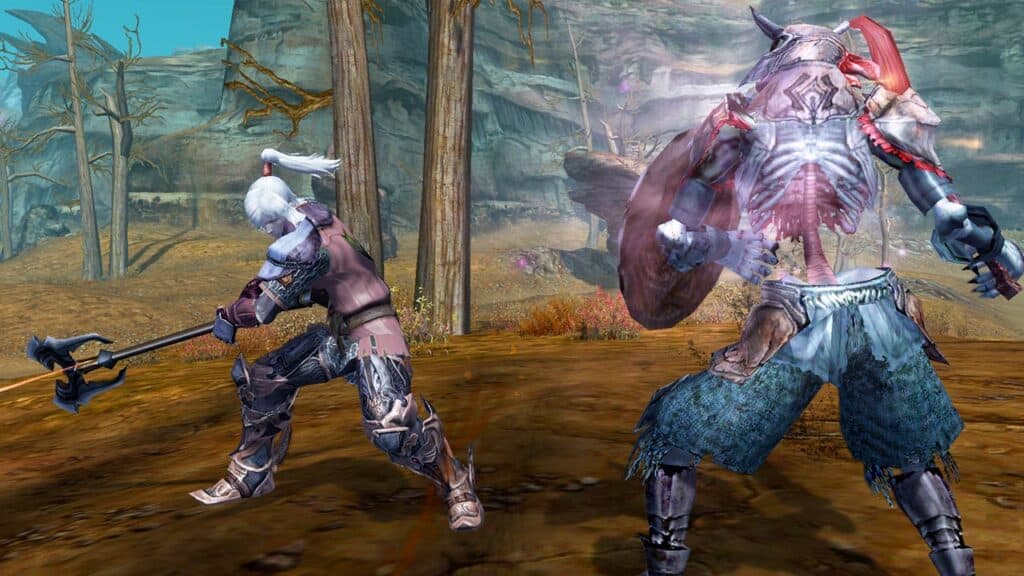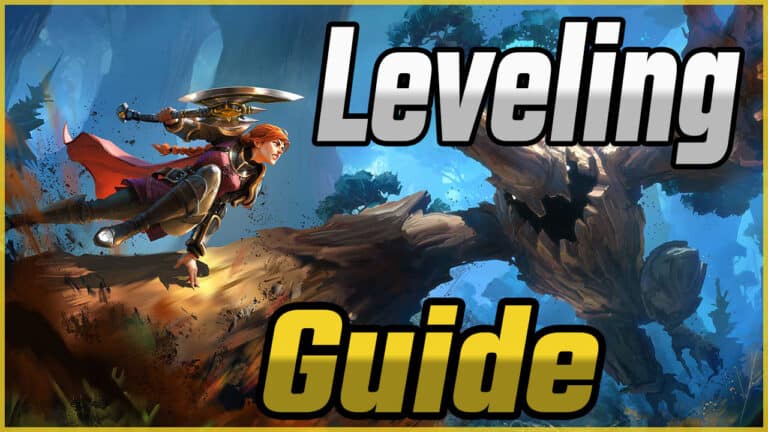Aion Classic Kinah Guide – Tips for Making Kinah in Aion
In Aion Classic, Kinah is the primary currency used to purchase items, gear, and consumables.
This guide will provide various methods to make Kinah in the game, including solo farming, group farming, trading, quests, and PvP activities.
Solo Farming
Solo farming allows you to progress at your own pace and target specific materials or items you need. Here are some tips for solo farming:
Gathering and Crafting

Focus on gathering and crafting materials to sell on the Broker. Level up your gathering and crafting skills to access rarer materials and craft high-demand items.
In Aion Classic, there are various items you can gather to earn Kinah. Here is a list of some common and valuable items that you can gather and sell on the Broker:
- Ores: Iron, Adamantium, Platinum, Orichalcum, and Dragonite are ores used in crafting various items and gear. They can be found in different regions throughout the game and are always in demand.
- Herbs: Aria, Asvata, and Triora are some herbs used in crafting potions, scrolls, and other consumables. These herbs are always in demand since consumables are used regularly by players.
- Aether: Aether is a crucial resource for crafting various items, including armor and weapons. Aether can be gathered from Aether nodes, mainly found in the Abyss and some other regions.
- Essencetapping Materials: Items like Subella, Mithril, or Lodas Amethyst can be collected through Essencetapping and are used for crafting gear and accessories.
- Morph Materials: These are used to morph items and can be gathered from elemental spirits. Examples include Earth, Water, Wind, and Fire essences.
- Skins: Skins of various monsters can be gathered and used to create leather armor. Some examples include Tough Balaur Skin, Fine Abyssal Leather, and Fine Tough Leather.
- Wood: Wood is used in crafting weapons and furniture. Examples of wood that can be gathered include Sprigg Sapling, Poplar, and Ash.
- Gems: Gems like Diamonds, Sapphires, and Rubies can be gathered and used to craft jewelry and other items. These are often in high demand and can be sold for a decent amount of Kinah.
When gathering items for Kinah, keep an eye on your server’s Broker to determine which items are in high demand and can be sold for a good profit. Prices may fluctuate, so it’s essential to adapt to the market and gather items with the most potential for profit. Additionally, leveling up your gathering skills will allow you to access rarer materials, which can be sold for more Kinah.
Grind for Loot

Farm mobs in areas with high drop rates for valuable items like armor, weapons, and manastones. Monitor your server’s economy to know which items are in high demand.
Elyos Faction
- Eltnen: Engage in grinding for loot around Manduri Forest and Putrid Mire, where you can find valuable drops from mobs and named monsters.
- Heiron: Focus on grinding areas such as Nolantis Ruins and Jeiaparan Village, which are known for valuable drops and named monsters.
- Theobomos: Grind for loot in areas like Anangke Excavation Camp, Marla Cave, and Sky Temple of Arkanis, which are populated with mobs that can drop valuable items.
Asmodian Faction
- Morheim: Grind for loot in areas like Mist Mane Village, Sky Temple of Ataxiar, and Kellan’s Cabin, which are known for valuable drops and named monsters.
- Beluslan: Focus on grinding areas such as Giant’s Valley, Besfer Ghost Village, and Anair Ice Lake, which have mobs that drop valuable items.
- Brusthonin: Grind for loot in areas like Adma Stronghold, Baltasar Hill Village, and Iollu Forest, which are populated with mobs that can drop valuable items.
Both Factions
- Abyss: Farm mobs in various locations within the Abyss, including fortresses and artifact sites, to obtain valuable items and Abyss Points.
- Draupnir Cave: This instance is available for both factions and is known for dropping valuable items such as weapons, armor, and crafting materials.
- Dark Poeta: A challenging instance for both factions, offering a chance to acquire high-level gear, weapons, and crafting materials.
Remember that grinding spots can become overcrowded, so it’s essential to be flexible and explore different areas or instances to optimize your loot farming. It’s also a good idea to keep an eye on community forums and guides for the latest information on the best grinding spots.
Named Monsters and World Bosses
Killing named monsters and world bosses can provide valuable drops, such as rare equipment, skins, and crafting materials, which can be sold for Kinah.
Trading and the Broker
Buying low and selling high on the Broker can be a profitable way to earn Kinah. Monitor market trends and look for opportunities to buy items at a low price and sell them when demand is high.
Daily and Weekly Quests
Completing daily and weekly quests can yield significant amounts of Kinah, experience, and crafting materials. Prioritize quests with high Kinah rewards and consider teaming up with other players to complete them more efficiently.
PvP and Abyss Points
Participating in PvP and earning Abyss Points can generate Kinah income. Exchange Abyss Points for valuable items like gear and consumables, and sell them on the Broker for Kinah.
Additional Tips:
- Crafting consumable items through alchemy or cooking professions can be a steady source of Kinah.
- Gathering materials such as aether, diamond, and asvata can be profitable due to limited quantities in the auction house.
- Some players create multiple accounts and dismantle mythic gear from the freebie drop, selling the resulting materials for Kinah.
- Crafting Kinah boxes from the Luna craft system can be a lucrative method. Maximize this by creating and leveling alts to participate in Luna content.
With these tips and strategies, you’ll be well on your way to making Kinah in Aion Classic. Remember to adapt to the ever-changing market and always look for new opportunities to maximize your Kinah-earning potential.







